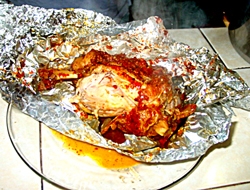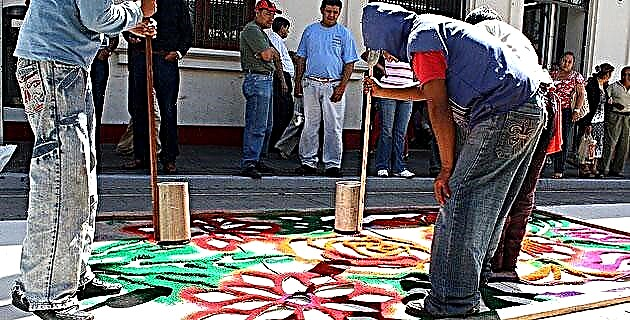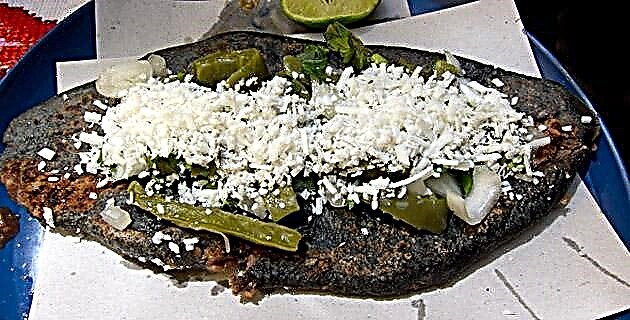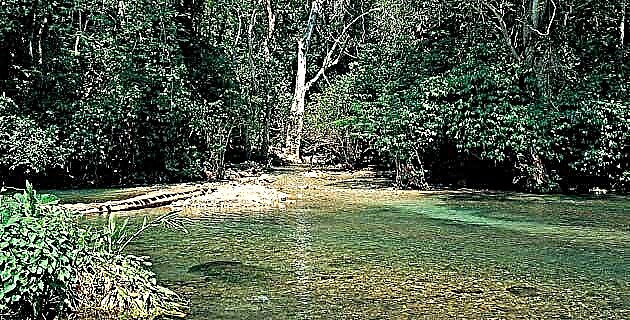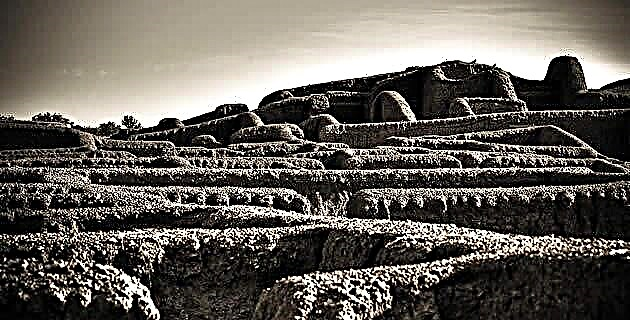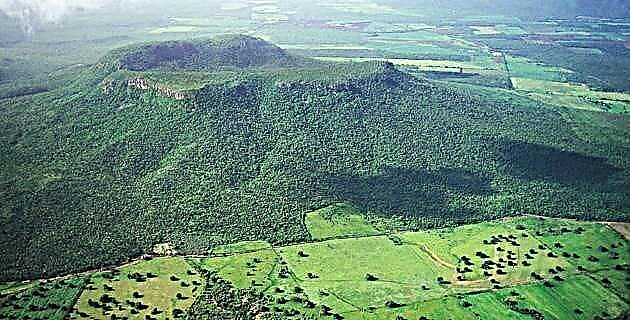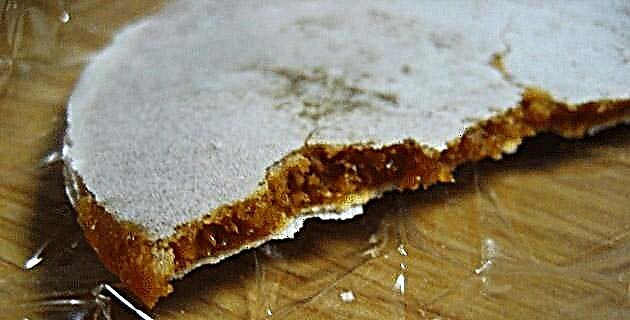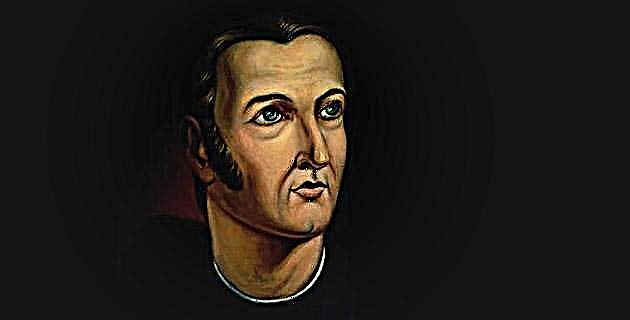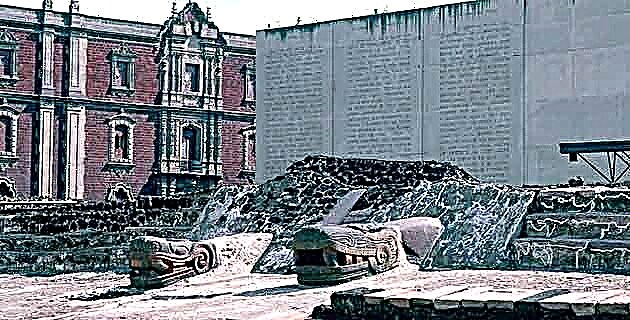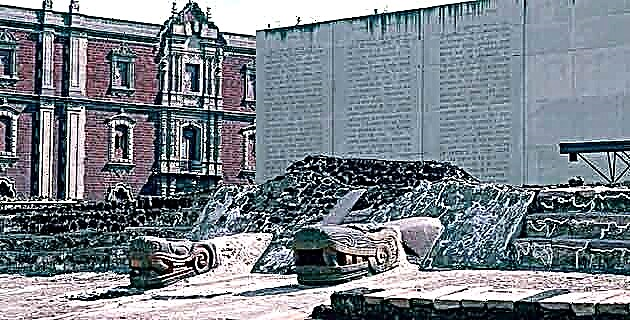
The Templo Mayor is located in the center of Mexico City. Here the story of its discovery ...
On August 13, 1790, in the Main Square From Mexico City, a huge statue was found, the meaning of which could not be specified at that time.
The work ordered by the Viceroy Count of Revillagigedo to make pairings and culverts in the square had exposed a strange stone mass. The details of the find have come down to us thanks to a diary and some notebooks left by a halberdier guard of the viceregal palace (today the National Palace), named José Gómez. The first of the documents goes like this:
"... in the main square, in front of the royal palace, opening some foundations they took out an idol of gentility, whose figure was a highly carved stone with a skull on the back, and in front another skull with four hands and figures in the rest of the body but without feet or head and the Count of Revillagigedo was being viceroy ”.
The sculpture, which represented Coatlicue, goddess of the earth, was transferred to the courtyard of the university. Some time later, on December 17 of the same year, near the site of the first discovery, the Stone of the Sun or Aztec Calendar was found. The following year another great monolith was located: the Piedra de Tízoc. Thus, the work of the second count of Revillagigedo brought with it the discovery, among others, of three of the great Aztec sculptures, today deposited in the National Museum of Anthropology.
Many years, and even centuries, passed, and various objects were found throughout the 19th and 20th centuries, until at dawn on February 21, 1978, another encounter would come to focus on the main Aztec temple. Workers from the Compañía de Luz y Fuerza del Centro were digging on the corner of the streets of Guatemala and Argentina. Suddenly, a large stone prevented them from continuing with their work. As happened nearly two hundred years ago, the workers stopped the work and waited until the next day.
The Department of Archaeological Rescue of the National Institute of Anthropology and History (INAH) was then notified and personnel from that unit went to the site; After verifying that it was a huge stone with engravings on the upper part, the rescue work on the piece began. The archaeologists Ángel García Cook and Raúl Martín Arana directed the work and the first offerings began to appear. It was the archaeologist Felipe Solis who, after carefully observing the sculpture, once freed from the earth that covered it, realized that it was the goddess Coyolxauhqui, who had been killed on the hill of Coatepec by her brother Huitzilopochtli, god of war. Both were children of Coatlicue, a terrestrial deity, whose effigy had been found in the Plaza Mayor of Mexico two centuries ago…!
History tells us that the Coatlicue was sent to the university facilities, while the solar stone was embedded in the west tower of the Metropolitan Cathedral, facing what is now Calle 5 de Mayo. The pieces remained there for about a century, until, when the National Museum was created by Guadalupe Victoria in 1825, and established by Maximiliano in 1865 in the building of the old Casa de Moneda, on the street of the same name, they were transferred to this site. . We cannot ignore that the study made of the two pieces, published in 1792, corresponded to one of the enlightened scholars of the time, Don Antonio León y Gama, who recounted the details of the analysis and the characteristics of the sculptures in the first known archeology book, entitled Historical and chronological description of the two stones ...
STORY OF A STORY
Many are the pieces that have been found in what we now know as the Historic Center of Mexico City. However, we are going to stop for a moment to relate an event that occurred at the beginning of the Colony. It turns out that back in 1566, after the Templo Mayor was destroyed and Hernán Cortés distributed lots between his captains and their relatives, in what is now the corner of Guatemala and Argentina, the house that the brothers Gil and Alonso de Ávila lived in was built. , sons of the conqueror Gil González de Benavides. The story goes that some children of conquerors behaved irresponsibly, organizing dances and saraos, and that they even refused to pay tribute to the king, arguing that their parents had given their blood for Spain and that they should enjoy the goods. The conspiracy was led by the Ávila family, and Martín Cortés, son of Don Hernán, was involved in it. Discovered the plot by the viceregal authorities, they proceeded to arrest Don Martín and his collaborators. They were summoned to trial and sentenced to death by decapitation. Although Cortés's son saved his life, the Ávila brothers were executed in the Plaza Mayor and it was decreed that their house be demolished to the ground, and that the land be planted with salt. The curious thing about this event that shocked the capital of New Spain was that under the foundations of the manor house were the remains of the Templo Mayor, demolished by the conquerors.
After the discovery of the Coatlicue and the Piedra del Sol in the 18th century, several years passed until, around 1820, the authorities were notified that a huge diorite head had been found in the Concepción convent. It was the head of Coyolxauhqui, which shows the half-closed eyes and the bells on the cheeks, according to its name, which means, precisely, "the one with the golden bells on the cheeks."
Many valuable pieces were sent to the National Museum, such as the cactus donated by Don Alfredo Chavero in 1874 and the piece known as "Sun of the Sacred War" in 1876. In 1901 excavations were made in the building of the Marquises of the Apartado, in the corner of Argentina and Donceles, finding two unique pieces: the great sculpture of the jaguar or puma that today is seen at the entrance of the Mexica Room of the National Museum of Anthropology, and the colossal serpent head or xiuhcóatl (fire serpent). Many years later, in 1985, the sculpture of an eagle with a hollow on its back was found, an element that also shows the puma or jaguar, and that served to deposit the hearts of the sacrificed. There are multiple discoveries that have been made throughout these years, the previous ones being only an example of the wealth that the subsoil of the Historic Center still keeps.
As far as the Templo Mayor is concerned, the works of Leopoldo Batres in 1900 found a part of the stairway on the west façade of the building, only that Don Leopoldo did not consider it that way. He thought that the Templo Mayor was located under the Cathedral. It was the excavations of Don Manuel Gamio in 1913, at the corner of Seminario and Santa Teresa (today Guatemala), which brought to light a corner of the Templo Mayor. It is due, then, to Don Manuel the location, after several centuries and not a few speculations about it, of the true place where the main Aztec temple was located. This was fully corroborated by the excavations that followed the accidental discovery of the Coyolxauhqui sculpture, which we now know as the Templo Mayor Project.
In 1933, the architect Emilio Cuevas carried out excavations in front of the remains of the Templo Mayor found by Don Manuel Gamio, on one side of the Cathedral. On this land, where the conciliar seminary used to be - hence the name of the street - the architect found several pieces and architectural remains. Among the first, it is worth highlighting a huge monolith very similar to that of the Coatlicue, which received the name of Yolotlicue, because unlike the goddess of the earth, whose skirt is made of serpents, the one in this figure represents hearts (yólotl, "heart ”, In Nahua). Among the vestiges of buildings, it is worth highlighting a staircase sector with a wide rafter and a wall that runs to the south and then turns to the east. It is neither more nor less than the platform of the sixth construction stage of the Templo Mayor, as could be seen from the project work.
Around 1948 the archaeologists Hugo Moedano and Elma Estrada Balmori were able to enlarge the southern part of the Templo Mayor excavated years ago by Gamio. They found a snake's head and a brazier, as well as offerings deposited at the foot of these items.
Another interesting discovery occurred in 1964-1965, when works to expand the Porrúa Library led to the rescue of a small shrine to the north of the Templo Mayor. It was a building facing east and decorated with murals. These represented masks of the god Tlaloc with three large white teeth, painted with red, blue, orange and black tones. The shrine could be transferred to the National Museum of Anthropology, where it is currently located.
THE MAJOR TEMPLE PROJECT
Once the rescue works of the Coyolxauhqui and the excavation of the first five offerings were finished, the work of the project began, which set out to discover the essence of the Templo Mayor of the Aztecs. The project was divided into three phases: the first consisted of collecting data on the Templo Mayor from both archaeological information and historical sources; the second, in the excavation process, for which the entire area was reticulated to be able to keep track of whatever appeared; Here there was an interdisciplinary team made up of archaeologists, ethnohistorians and restorers, as well as members of the INAH Department of Prehistory, such as biologists, chemists, botanists, geologists, etc., to attend to the different types of objects. This phase lasted around five years (1978-1982), although new excavations have been undertaken by members of the project. The third phase corresponds to the studies that the specialists have carried out on the materials, that is, the interpretation phase, with more than three hundred published files so far, both from project personnel and by national and foreign specialists. It should be added that the Templo Mayor Project is the archaeological research program that has been published the most to date, with both scientific and popular books, as well as articles, reviews, guides, catalogs, etc.

